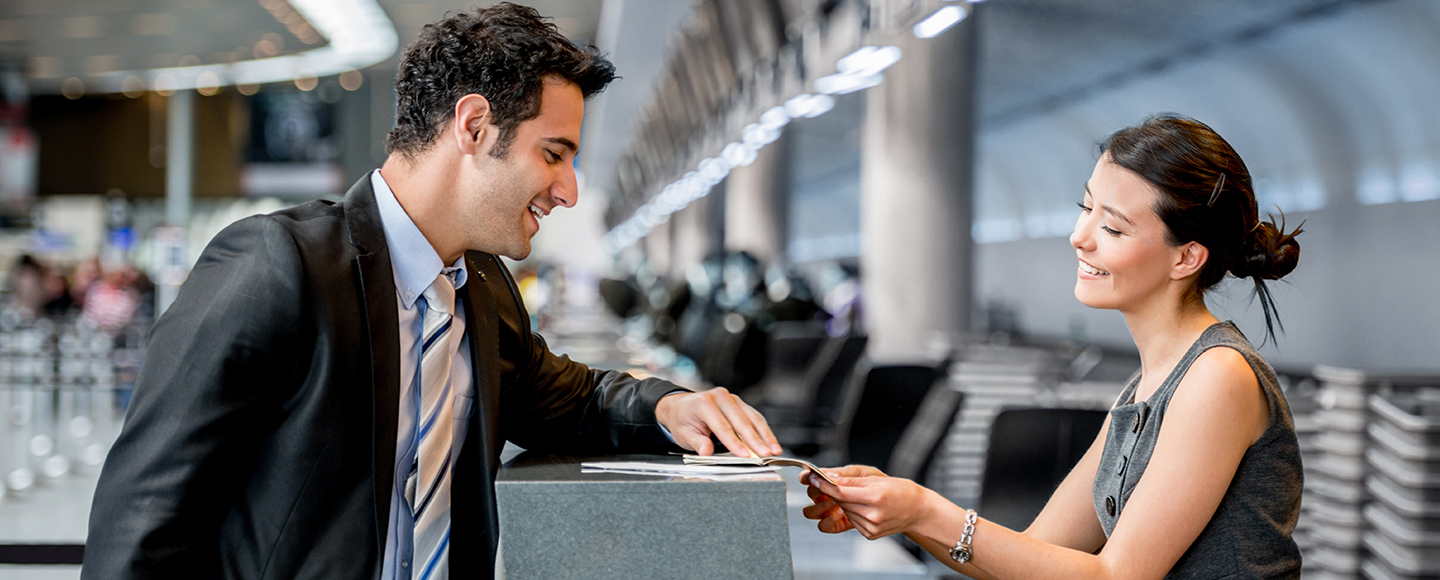Southwest Airlines & Marriott.
Hilton Hotels & Amazon.
Plenti.
70 percent of consumers embrace the idea of companies partnering to create new loyalty programs that allow customers to earn rewards across multiple brands.
It’s called coalition loyalty and its popularity is just one of the new types of evolving loyalty programs that consumers are expecting from the companies with whom they spend their money.
Consumers are seeking programs where rewards can be accumulated and used across multiple brands like Southwest Rapid Rewards, which allows their customers to exchange points earned from their Marriott Rewards and use it toward Southwest miles.
One of the top examples of coalition loyalty is Plenti — an American Express company — boasting 20 million members. This rewards programs can be used for everything from gas and clothing to restaurants and travel. You can also save money when checking out and earn points faster when shopping online.
Businesses are seeing the benefits of exposure. Using Plenti as an example, a member who may not be loyal to a car rental company may consider Enterprise Rent-A-Car due to its association with the program and the ability to increase reward points.
There are many pain points to consider when rolling out a loyalty program:
Pain Point #1: Slow accumulation of points
Another contention in the quest to develop a rewards program is how quickly it takes to earn rewards. In an era of instant gratification, a slow, drawn-out path to earn a reward is not seen as a valuable part of loyalty and can actually be viewed as a barrier.
Pain Point #2: Spend-and-earn isn’t enough
Consumers also want more than just a ‘spend-and-earn’ model as many feel their time is a form of currency. In fact, consumers are increasingly seeing time as money and want to earn rewards when spending time with a brand. For example, nearly 75% want to be rewarded for their time filling out surveys or watching brand videos.
Millennials are the leaders when it comes to the desire to go beyond ‘spend-and-earn’. That’s because loyalty isn’t about trading dollars for points; it’s about meaningful connections with the brand. The more engaging and creative a brand is, the likelier they are to show their loyalty.
Howard Schneider, a senior consultant for Kobie Marketing, says, “Customers will remember their experience with a brand long after they’ve forgotten a discount. Companies cultivate true customer loyalty by making customers’ lives easier and making sure each engagement.”
Pain Point #3: Not another card!
Customers don’t want the burden of keeping a selection of cards in their wallet or risk forgetting them. A collection of physical loyalty and reward cards can be a real hassle. Mobility is key to increasing the customer experience and ease-of-use of a rewards program. A mobile app can even help a brand personalize a message and target a customer based on location. Red Lobster recently began a rewards program via mobile app and Starbucks was one of the first to roll out a loyalty program on a mobile app, even adding the convenience of ordering on-the-go.
When it comes to loyalty and rewards programs, while customers still want things for free or rewards based on point accumulation, it’s more than just giving. Loyalty programs should focus on the customer experience and provide emotional incentives for them to choose your business. What do customers want? According to HelloWorld’s 2017 Loyalty Barometer Report: What Consumers Think of Loyalty & Reward Programs — consumers believe a loyalty program should provide:
- 82% — Discounts and offers
- 77% — Free products
- 66% — Free services
- 39% — Priority customer service
Giving the customer a good brand experience is about loyalty. Rewards, discounts and offers are good ways to introduce a brand or product. Targeting and personalization, however, is the key to engagement and is what will drive loyalty because it shows a brand or company is engaged and listening. The right offers and discounts are sent at the right times to the right people, who build rewards faster and have higher levels of satisfaction.




